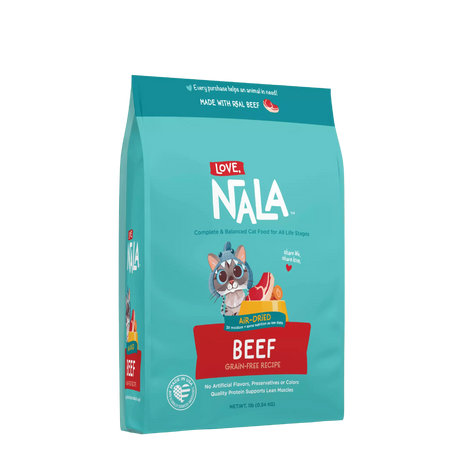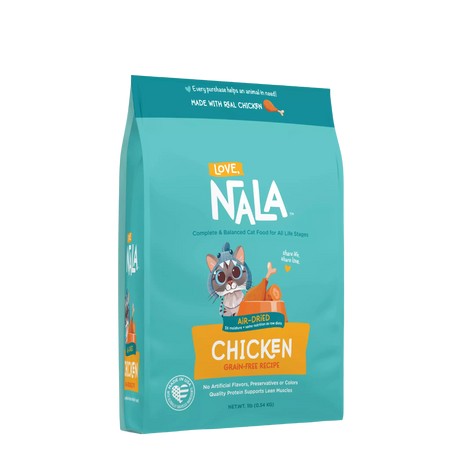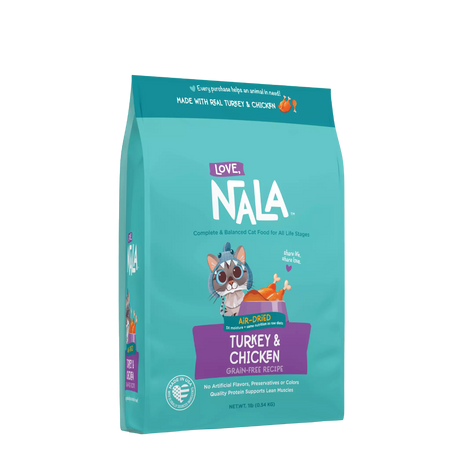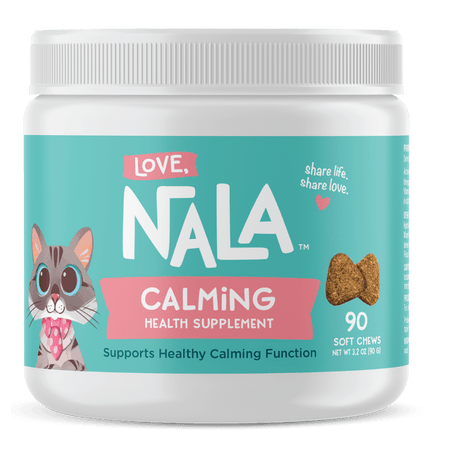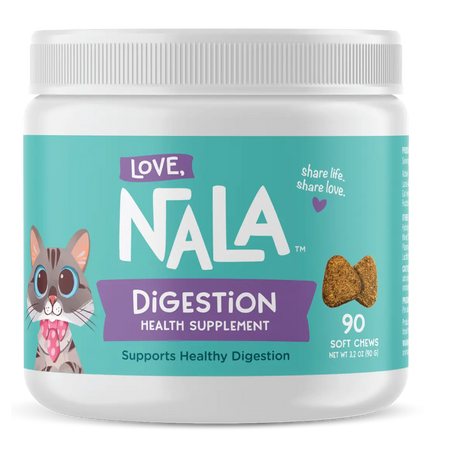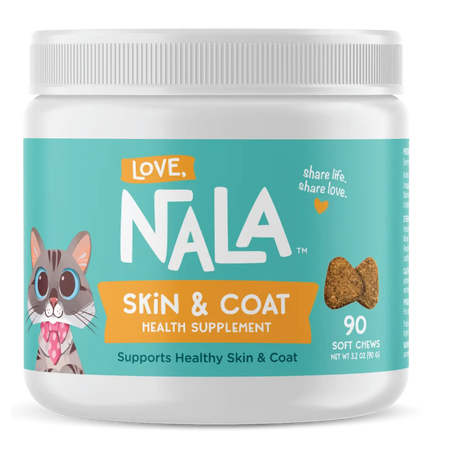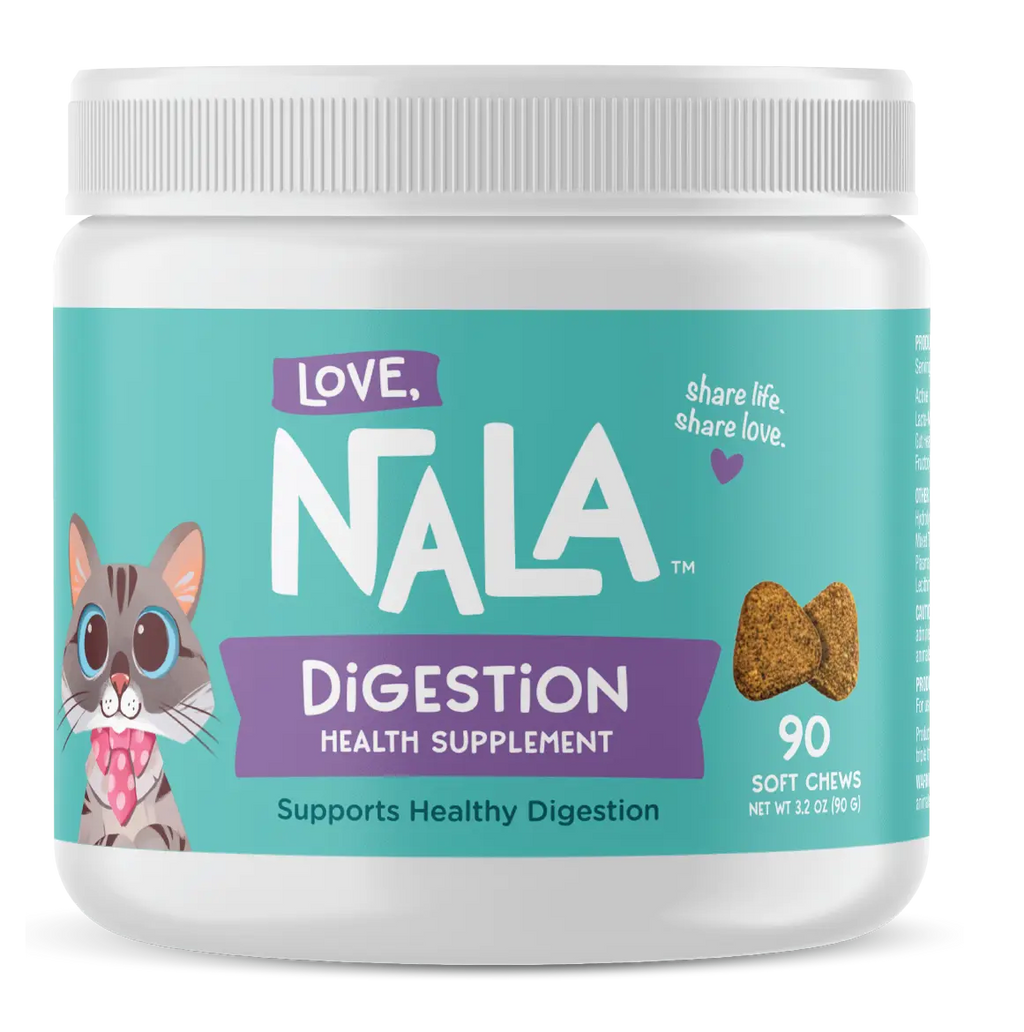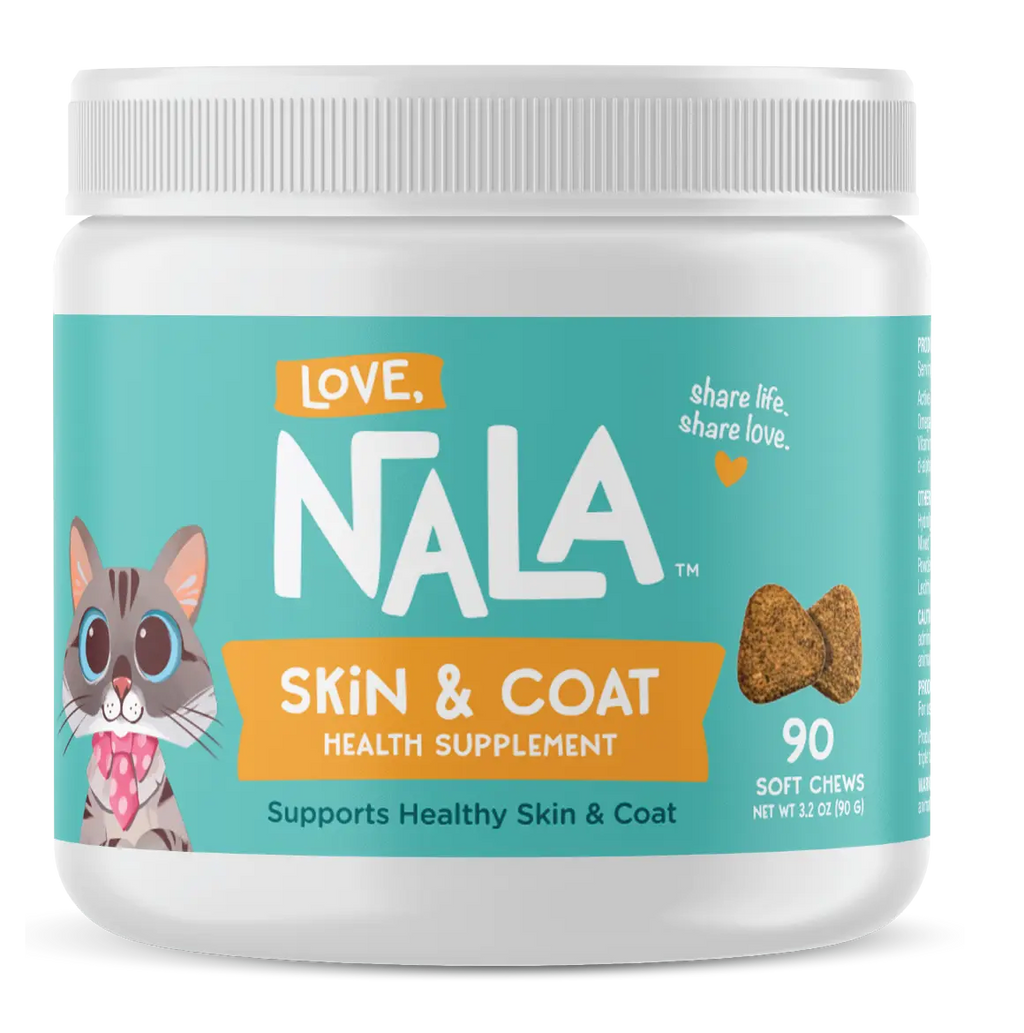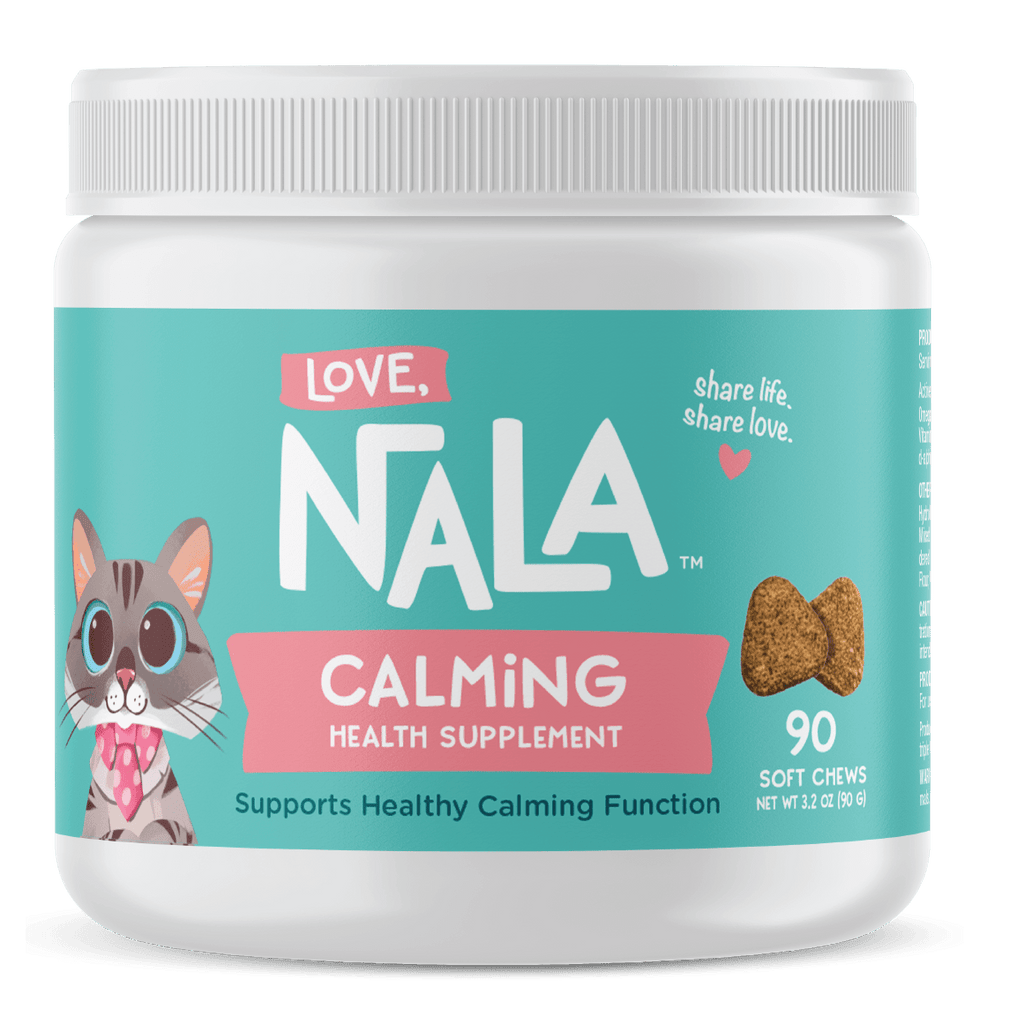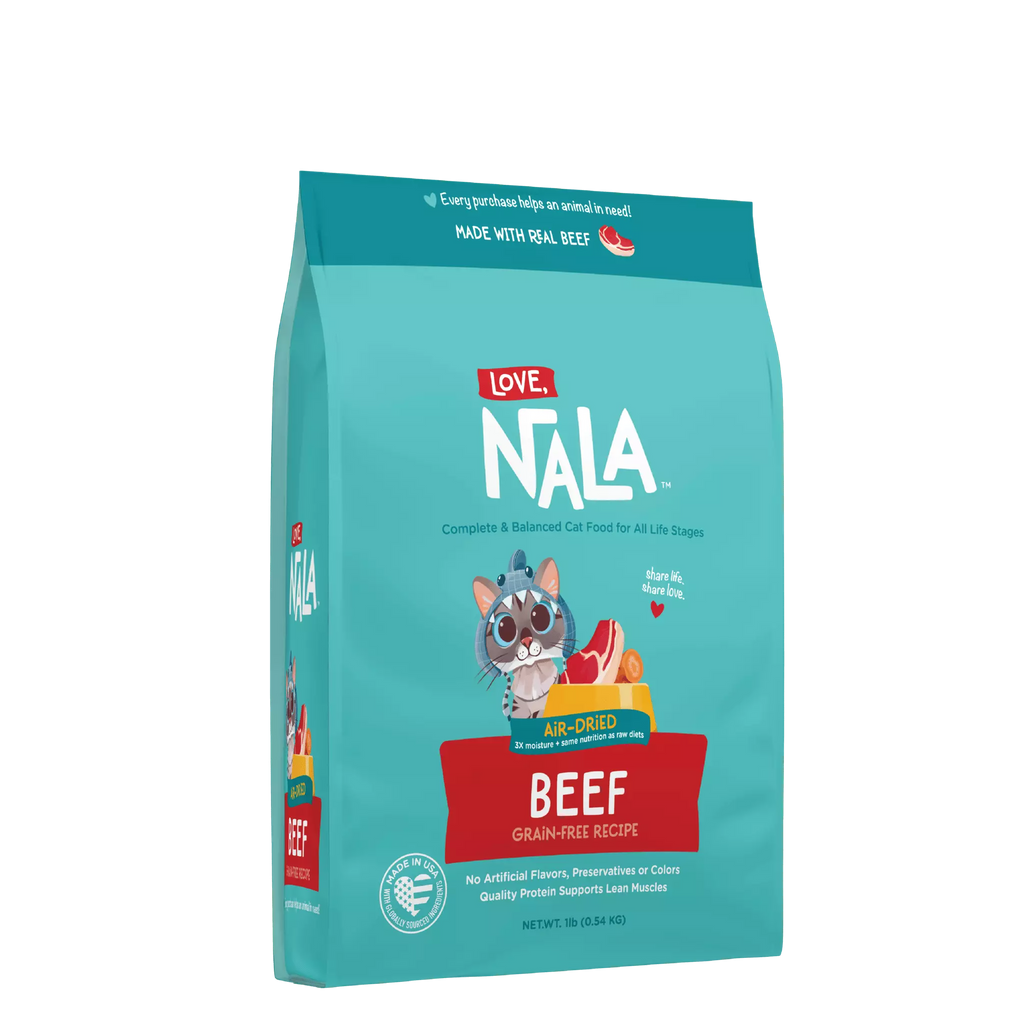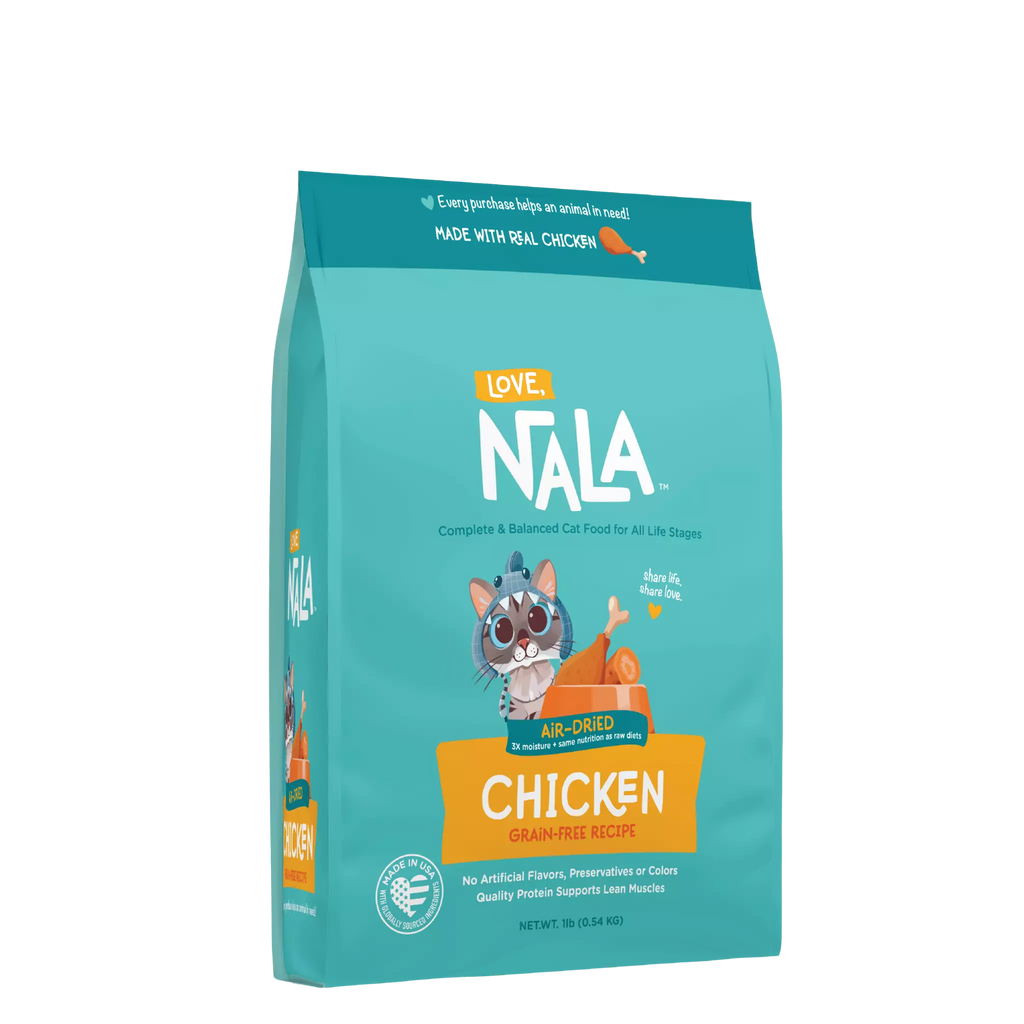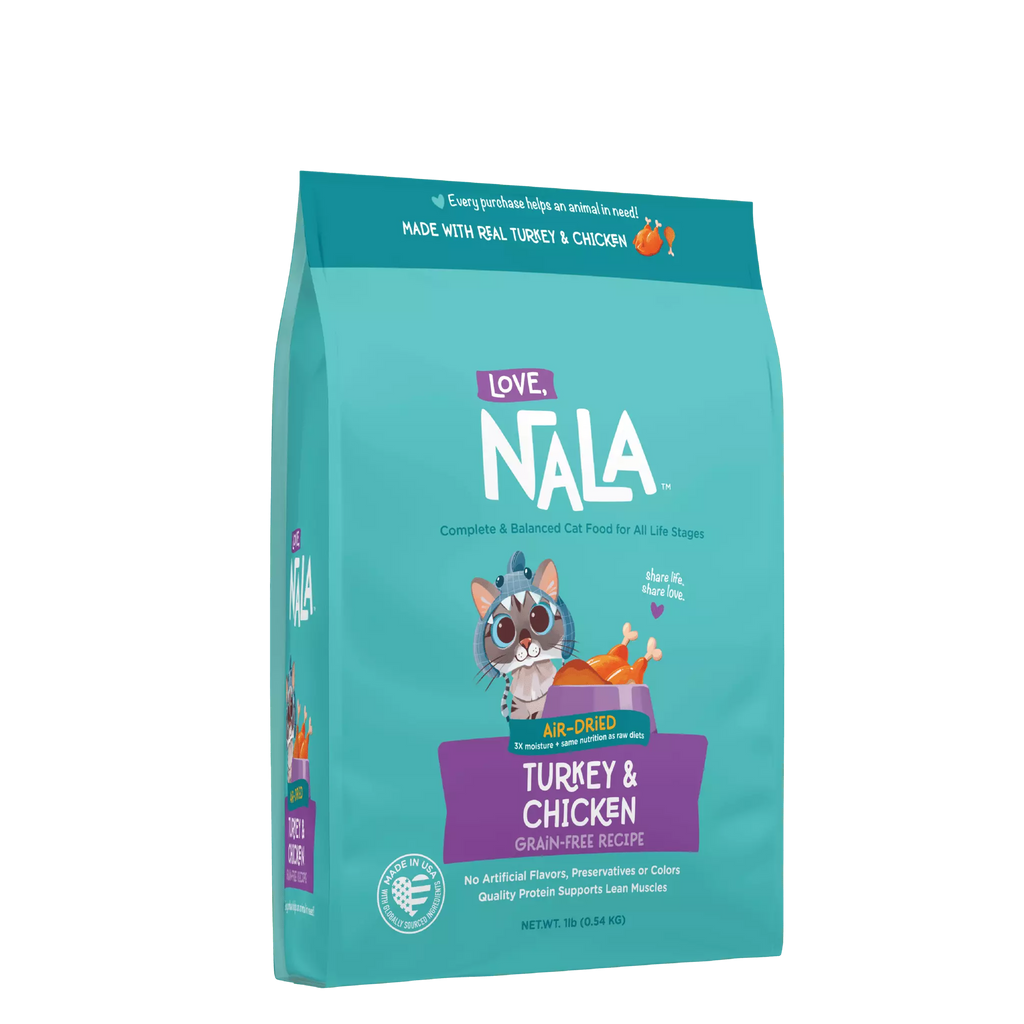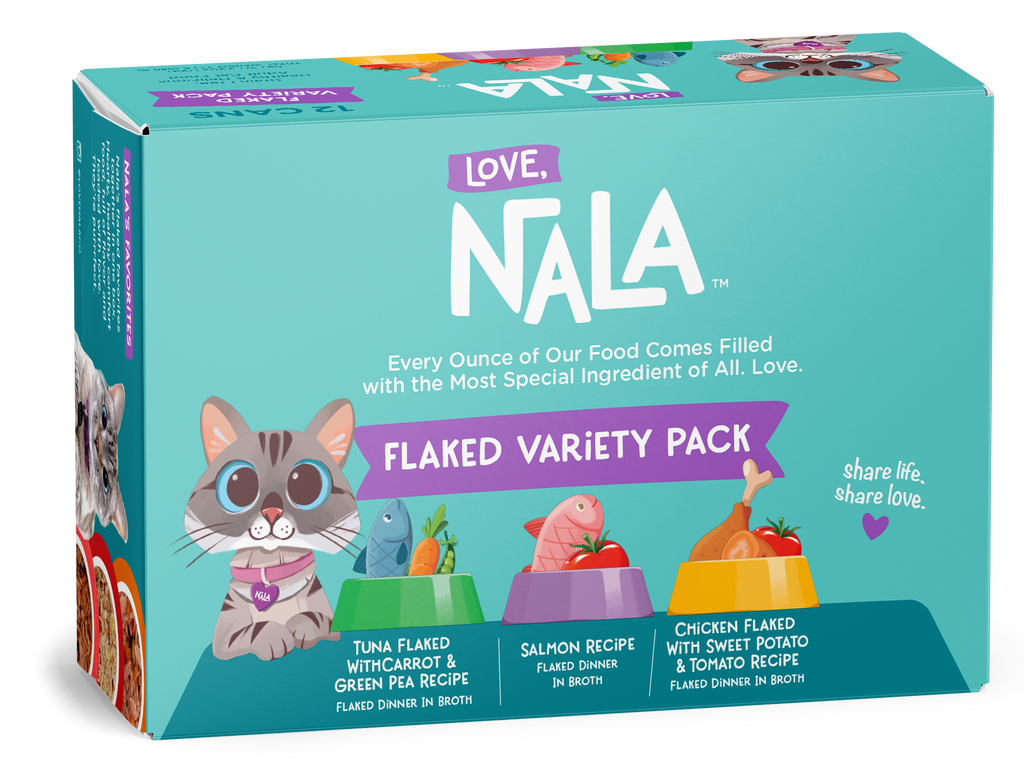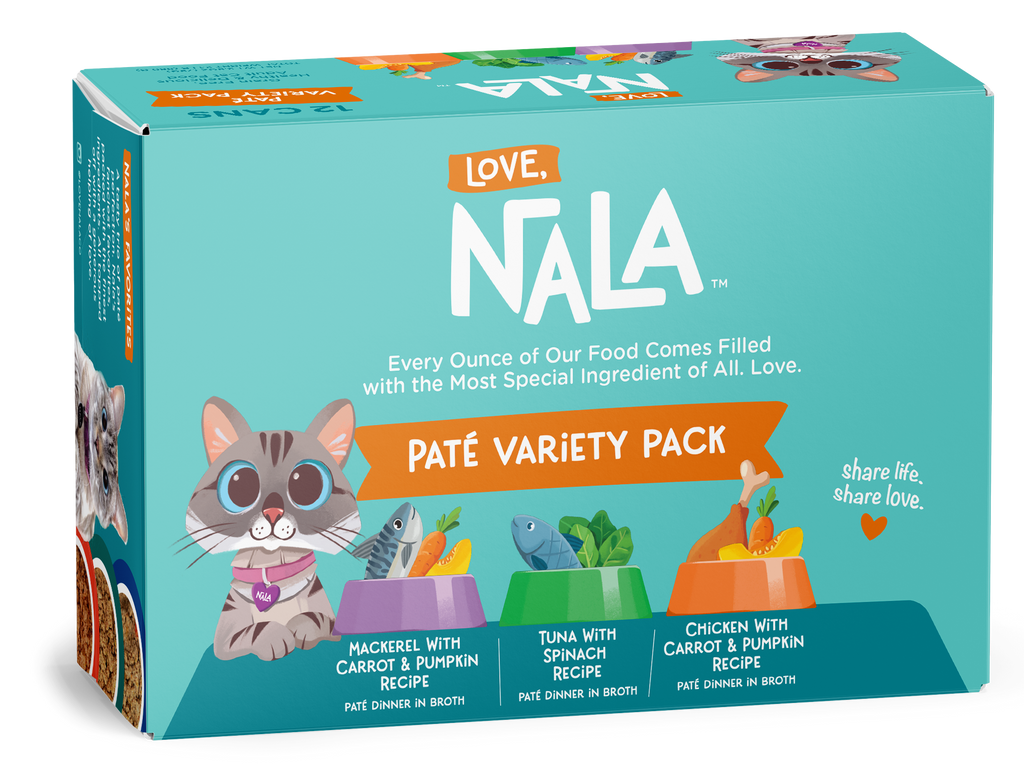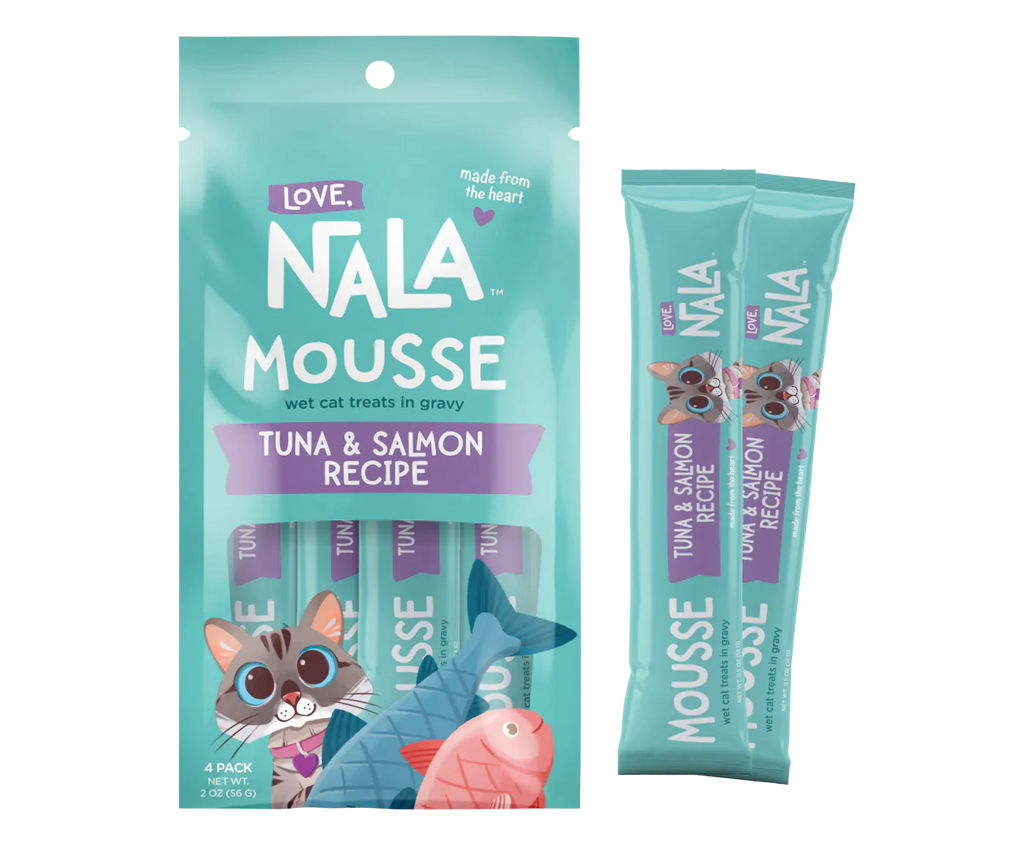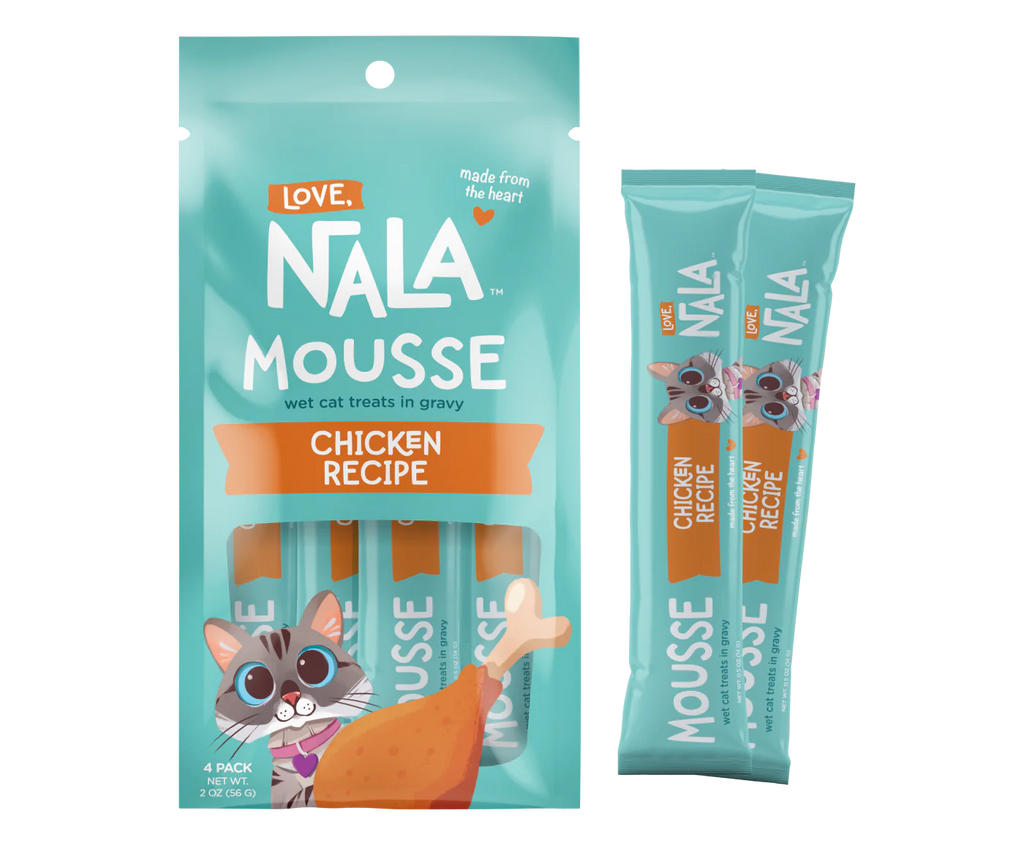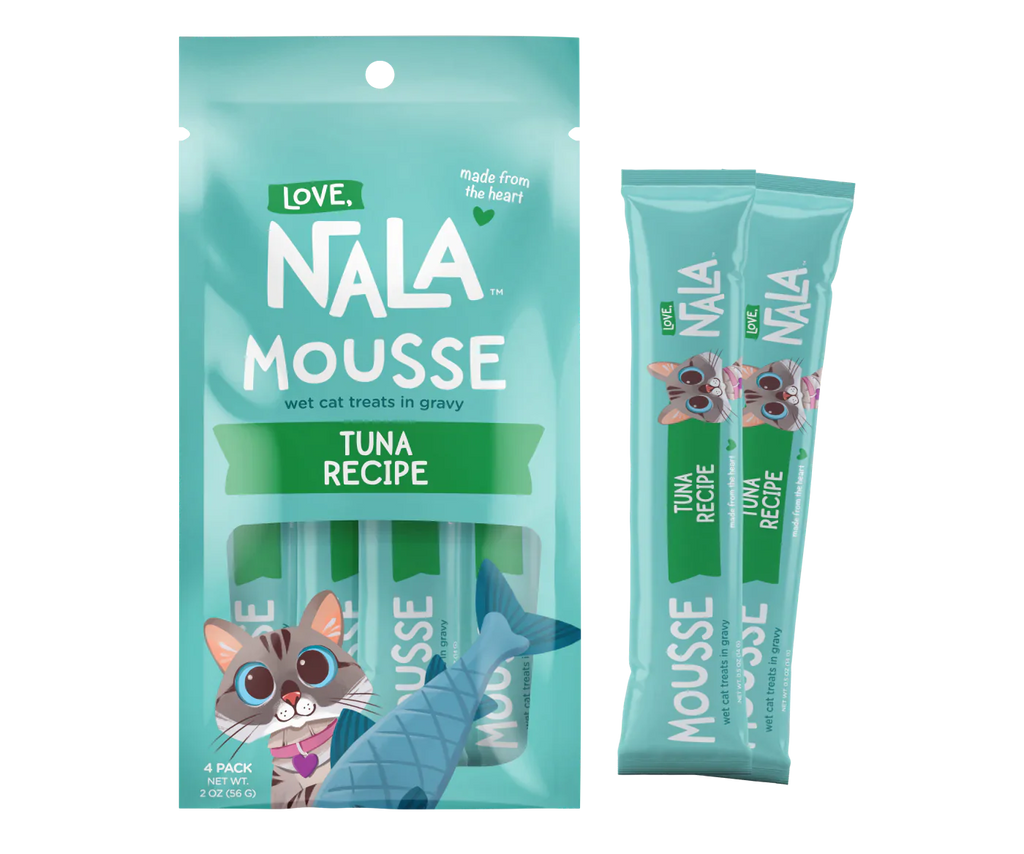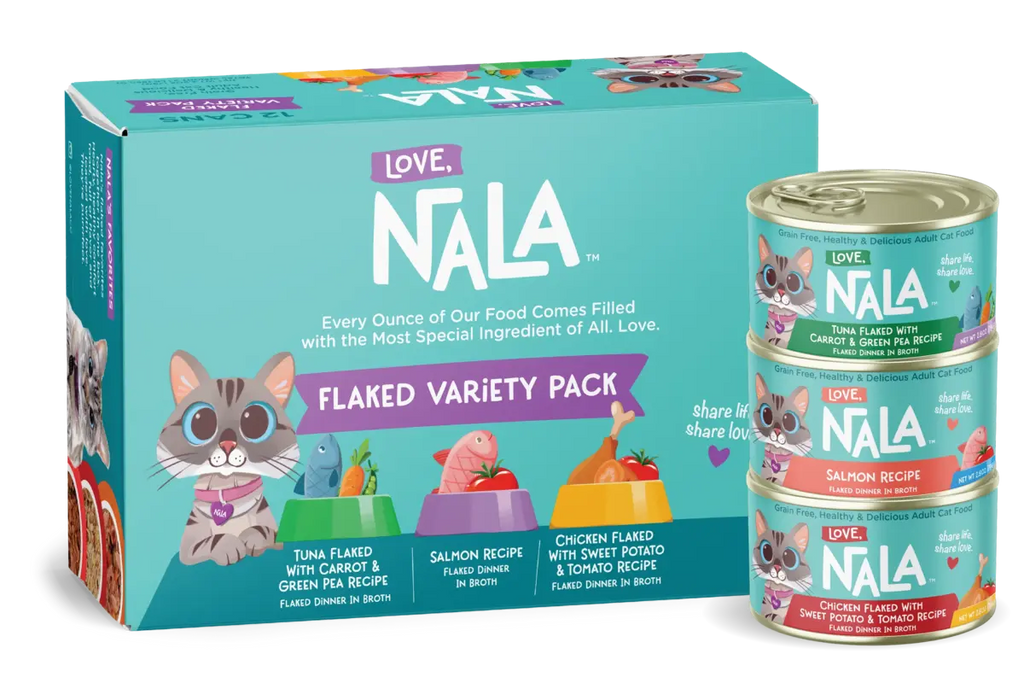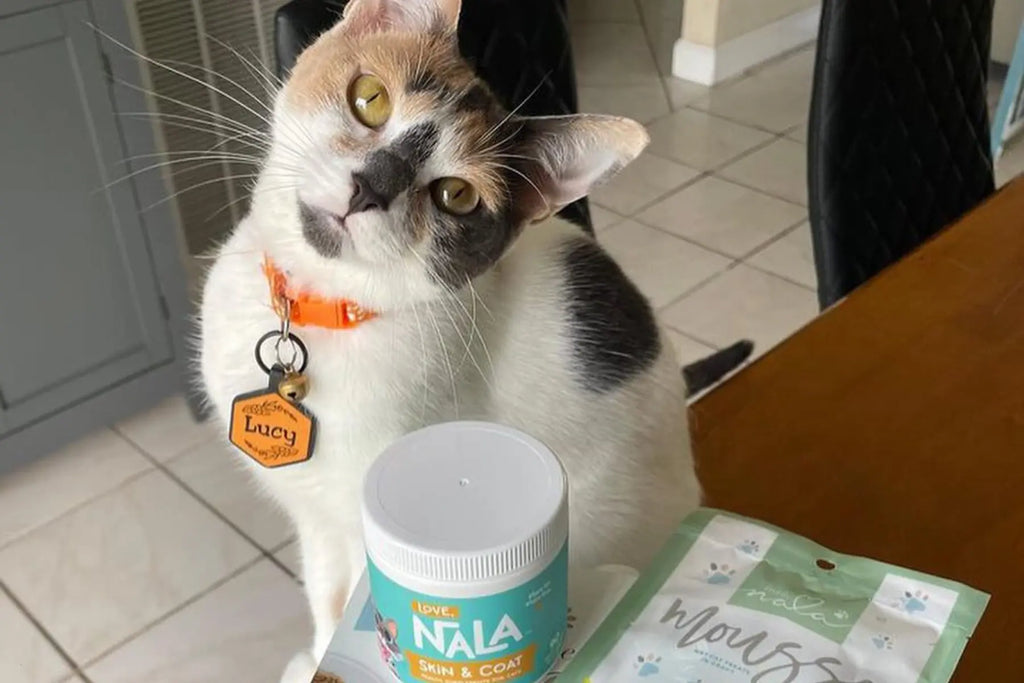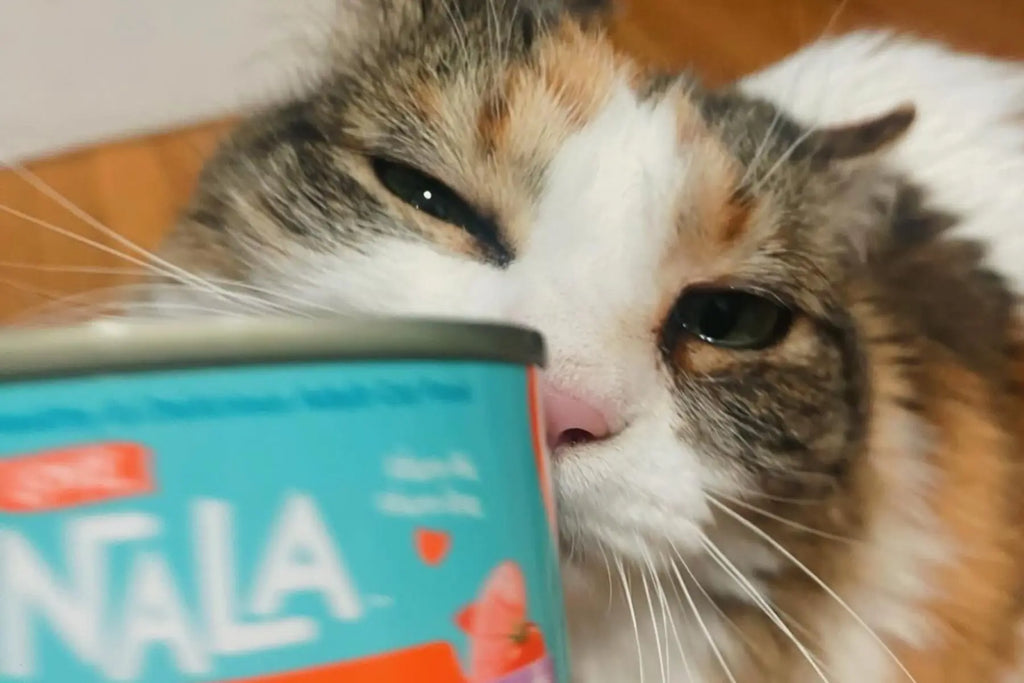With a variety of cat food options on the market, selecting the right one for your feline can feel overwhelming. Understanding the importance of feline nutrition can ease this process, ensuring you make informed decisions. Furthermore, the choice of cat food directly affects your pet's well-being, longevity, and overall vitality. A well-nourished cat is often a healthy, happy one, making the selection of the right food integral to your pet's care strategy. Find out how to find the best cat food for your feline friend in this blog.
What is Feline Nutrition?
Cats, by their natural design, are carnivores, requiring a high protein cat food. Aside from proteins, several other nutrients are essential, like certain vitamins, minerals, and certain types of fats. Many myths also surround the concept of feline nutrition, some advocating for an entirely grain-free cat food diet, others touting the merits of a single type of meal. It's vital to base your pet's diet on evidence-backed research, dismissing misleading claims.
Selecting the Appropriate Cat Food

When it comes to choosing the right cat food, there are several important factors to consider. Understanding these factors is essential for providing your feline companion with the appropriate nourishment.
Things to Consider When Choosing Cat Food
The cat's age, health condition, and lifestyle preferences all play a crucial role in determining the most appropriate diet. Kittens, for instance, have different nutritional needs compared to senior cats. Their rapidly growing bodies require higher levels of protein, fat, and essential vitamins and minerals to support healthy development. On the other hand, senior cats may benefit from specialized formulas that address age-related issues such as joint health and digestive function.
Health conditions also factor into the choice of cat food. Cats with specific medical conditions, such as diabetes or kidney disease, may require a specialized diet tailored to their needs. For example, diabetic cats may benefit from a low-carbohydrate diet that helps regulate blood sugar levels, while cats with kidney disease may benefit from a low-protein diet to reduce the workload on their kidneys.
Furthermore, a cat's lifestyle can influence the type of food they should be fed. Indoor cats, who tend to have less physical activity and a sedentary lifestyle, may require a diet that helps maintain a healthy weight and prevent obesity. Conversely, outdoor cats who engage in more physical activity and have greater exposure to the elements may need a higher calorie intake to meet their energy requirements.
Reading and Understanding Cat Food Labels
Understanding cat food labels is crucial for assessing the healthiness of a product and ensuring optimal nutrition for your feline companion. By carefully examining the ingredient list, cat owners can gain valuable insights into what ingredients are included in the food. A high-quality and healthy cat food label will typically feature meat or meat meal as the primary ingredient, ensuring a sufficient protein content. It's important to avoid foods with excessive fillers, by-products, or artificial additives.
Additionally, the nutritional adequacy statement on the label provides essential information about whether the food meets the specific dietary requirements of cats. This statement assures pet owners that the product has undergone rigorous testing and meets the standards set by regulatory authorities. Look for phrases such as "complete and balanced" or "formulated to meet the nutritional levels established by the AAFCO Cat Food Nutrient Profiles."
Dry Food vs. Wet Food: Pros and Cons

The wet cat food vs. dry cat food debate is a common one among pet owners, as each option has its advantages and considerations. One of the primary benefits of the best wet cat food is its high moisture content. Cats are notorious for not drinking enough water, and wet food can help address this issue by providing hydration alongside essential nutrients. Additionally, the texture and aroma of wet food are often more appealing to cats, making it an excellent choice for finicky eaters or those with dental issues that make chewing dry kibble challenging.
On the other hand, the best dry cat food offers its own set of advantages. Many pet owners appreciate the convenience of dry food, as it can be left out for cats to graze on throughout the day without the risk of spoilage. Dry kibble also has a longer shelf life and is generally more cost-effective than wet food. Moreover, the crunchy texture of dry food can help promote dental health by reducing tartar buildup and maintaining gum health.
To strike a balance between the two, pet owners might consider feeding a mix of wet and dry cat food. This approach provides the benefits of hydration and palatability from wet food while still incorporating the convenience and dental health advantages of dry food. Mixing the two types can also help prevent a cat from becoming overly dependent on one particular texture or taste.
Importance of a Balanced Diet
An unbalanced diet can lead to several health issues, including obesity and malnutrition. For instance, feeding only fish-based wet food could result in Vitamin E deficiency, while a diet too high in fat could lead to obesity. On the other hand, a well-balanced diet, comprising the best wet and dry cat food, can prevent disease, prolong your pet's lifespan, and improve its quality of life. For instance, taurine, found in animal-based proteins, supports heart health, while omega fatty acids support a healthy coat and skin.
Incorporating the Right Cat Food Selection into Your Pet Care Strategy
Feeding a consistent, balanced diet plays a significant role in your pet's overall health. Whether you opt for natural cat food or another type, the key is consistency and balance. Regular vet check-ups can also provide tailored dietary advice, taking into account your cat's specific needs. Keeping up with veterinary research and aligning your cat's diet accordingly is crucial. Finally, if you decide to switch your cat's diet, say from dry to wet cat food, do so gradually. An abrupt diet change might upset your cat's digestive system.
The journey to finding the best cat food for your pet requires a basic understanding of cat nutrition, the ability to decipher food labels, and acknowledging the role a balanced diet plays in overall health. Being proactive and informed about your pet's dietary needs can make a significant difference in their quality of life. By selecting the healthiest cat food that fits your pet's needs, you are ensuring your pet's vitality, longevity, and happiness.
